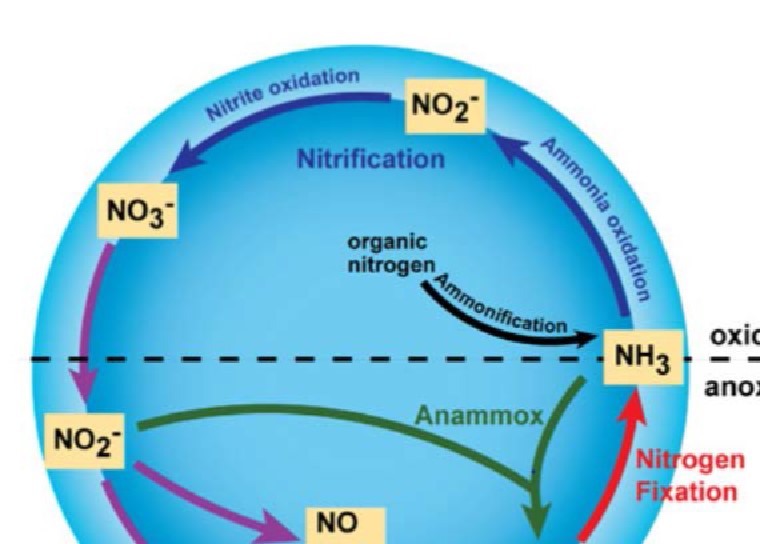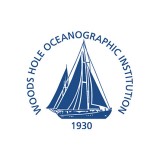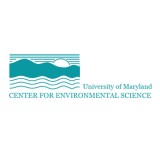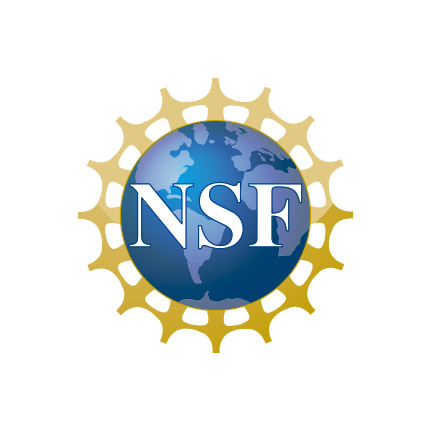Rising temperatures, ocean acidification, and overfishing have now gained widespread notoriety as human-caused phenomena that are changing our seas. In recent years, scientists have increasingly recognized that there is yet another ingredient in that deleterious mix: a process called deoxygenation that results in less oxygen available in our seas.
Large-scale ocean circulation naturally results in low-oxygen areas of the ocean called oxygen deficient zones (ODZs). The cycling of carbon and nutrients – the foundation of marine life, called biogeochemistry – is fundamentally different in ODZs than in oxygen-rich areas. Because researchers think deoxygenation will greatly expand the total area of ODZs over the next 100 years, studying how these areas function now is important in predicting and understanding the oceans of the future. This first expedition of 2016 led by Dr. Mak Saito from the Woods Hole Oceanographic Institution (WHOI) along with scientists from University of Maryland Center for Environmental Science, University of California Santa Cruz, and University of Washington aimed to do just that, investigate ODZs.
During the 28 day voyage named “ProteOMZ,” researchers aboard R/V Falkor traveled from Honolulu, Hawaii to Tahiti to describe the biogeochemical processes that occur within this particular swath of the ocean’s ODZs. By doing so, they contributed to our greater understanding of ODZs, gathered a database of baseline measurements to which future measurements can be compared, and established a new methodology that could be used in future research on these expanding ODZs.
Sea Change
Established, natural ODZs are relatively low in dissolved oxygen due to factors like local temperature and how much mixing occurs between the upper and subsurface ocean layers. People are now contributing to the expansion of non-natural ODZs in two main ways: on a smaller scale in estuaries and coastal environments through fertilizer pollution (which results in highly harmful “dead zones”), and on a larger scale through greenhouse gas emissions that result in climate change. As ocean temperatures warm, the water holds less oxygen. At the same time, warmer temperatures increase microbial populations’ overall respiration; the combination of these two effects result in widespread oxygen depletion. Research suggests that ODZs have already expanded in tropical ocean basins and in the subarctic Pacific. This expansion of oxygen deficient zones could compress the available habitat for larger marine species and change the global ocean’s biogeochemical balance.
Biogeochemistry: The Foundation for Life
Most of us are acquainted with the biogeochemical process of photosynthesis, the uptake of carbon and production of oxygen that is vital for life on Earth. However, there are many other biogeochemical processes of similar importance – and the biogeochemical reactions that take place in ODZs are quite different from the ones where photosynthetic microbes are dominant. With little oxygen available, microbial life within these zones must generate energy from nitrogen instead. This means that microbiota that live within ODZs are responsible for the biogeochemical reactions that are critical for the cycling of nitrogen, a necessary element for all marine life in the global ocean. These reactions include the cycling of ammonia and nitrite, the oxidation of urea, as well as the denitrifying reactions that remove fixed nitrogen from the oceans – a process that, if left incomplete, produces the potent greenhouse gas (N2O).
In addition to nitrogen, the scientists on this expedition were interested in analyzing the biogeochemistry of mercury – a toxic metal that humans are primarily exposed to through eating fish. Mercury cycling is not well understood, however, researchers believe that important parts of the process occur in in low-oxygen waters, and thus think the expansion of ODZs could eventually result in increased mercury levels in our seafood.
Proteomics: A New Methodology
The science party also investigated the biogeochemistry of ODZs using a variety of well-established tactics that include chemical and biological measurements. One of the most interesting strategies used is proteomics, the study of protein structures and functions. Proteomics are not regularly used in marine biogeochemistry, but the scientists think they are a helpful way to directly measure the microbial enzymes involved in biogeochemical reactions. The use of proteomics in conjunction with chemical measurements allows researchers to better connect the biological and chemical components of the elemental cycles. By employing this relatively new methodology, the team could better understand the biogeochemical processes of ODZs, and laid down the groundwork for others to apply proteomics to biogeochemical processes elsewhere.
Our oceans are changing and, in order to anticipate the marine biogeochemical processes that will take place in the future, we need to understand the ones that are taking place now. The goal of this cruise was to provide that needed snapshot of life in oxygen deficient zones and test a new method that can provide a model for future research.
Research activities for this expedition were funded by the Gordon and Betty Moore Foundation, the Sloan Foundation, and the National Science Foundation
by Samantha Larson
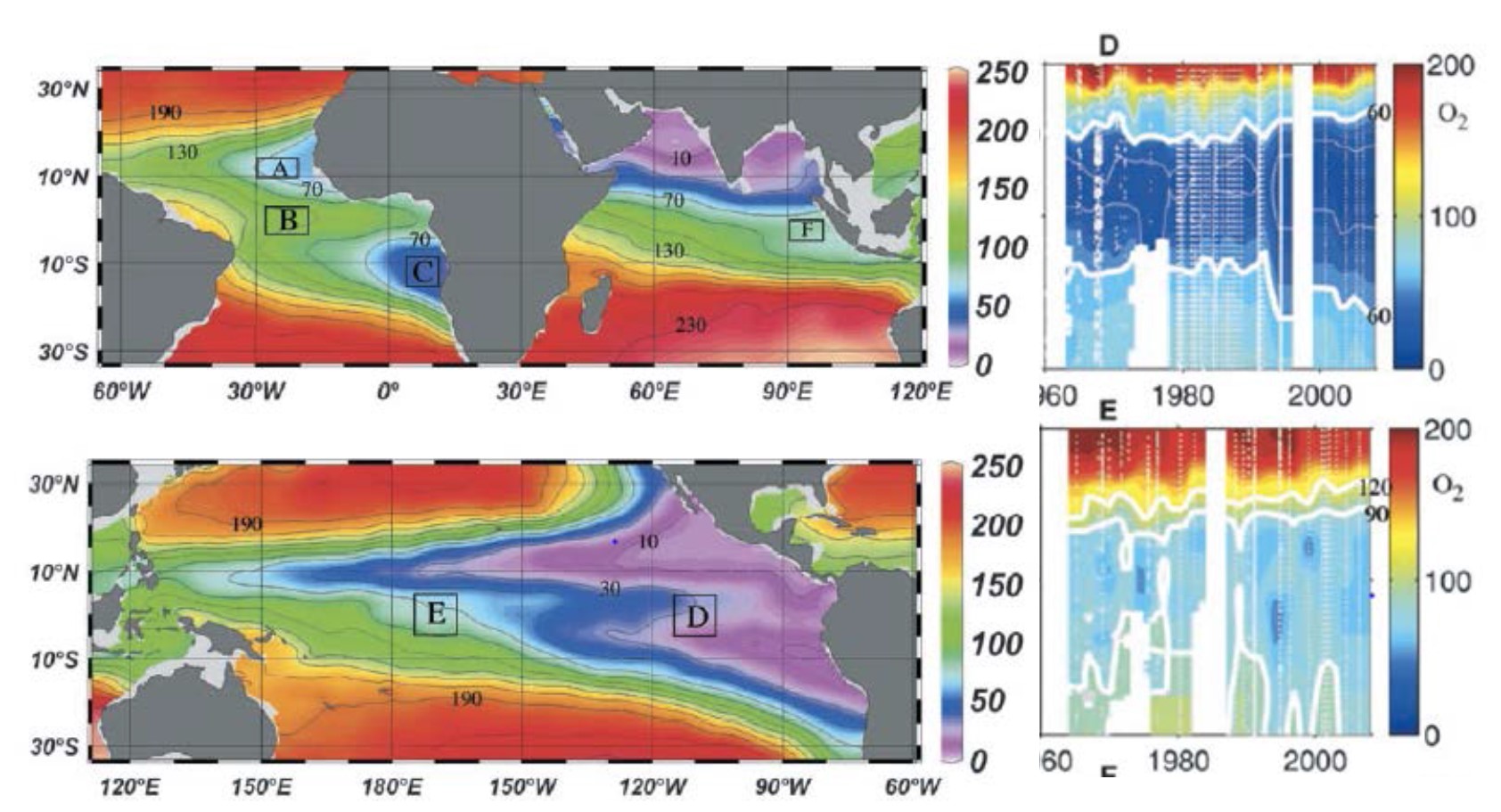
Data & Publications
The resulting shipboard dataset is being stored at the Rolling Deck to Repository and is now available.
Bathymetry, Acoustic Backscatter, and XBT data are now available at the Marine Geoscience Data System portal.
Biochemistry & ProteOMZ Protein Data is archived at BCO-DMO, including event log, CTD log, Trace Metal Clean Rosette, McLane Pump Log, Protein and Peptide levels (Scroll down to Dataset Collections).
- Saunders, J., McIlvin, M., Dupont, C., Kaul, D., Moran, D., Horner, T., et. al. (2022). Microbial Functional Diversity Across Biogeochemical Provinces in the central Pacific Ocean. PNAS, 119 (37), doi: 10.1073/pnas.2200014119. [This article has been published as OPEN ACCESS].
- Middleton, J., Paytan, A., Auro, M., Saito, M., and Horner, T. (2023). Barium isotope signatures of barite-fluid ion exchange in Equatorial Pacific sediments. Earth and Planetary Sci. Letters (612), doi: 10.1016/j.epsl.2023.118150.
- Paoletti, M., Fournier, G., Dolan, E., and Saito, M. (2023). Metaproteogenomic Profile of a Mesopelagic Adenylylsulfate Reductase: Course-Based Discovery Using the Ocean Protein Portal. J. Proteome Res. 22(9), doi: 10.1021/acs.jproteome.3c00152. [This article has been published as OPEN ACCESS].
In the News
Hooked On The High Seas
Hawai’i Public Radio • January 27st, 2016
Le Falkor, Observateur Des Océans, Fait Escale au Port de Papeete
La Depeche de Tahiti • February 10th, 2016
Artists at Sea
All Things Marine Radio Show • February 16th, 2016
New Medical Technology Hits the High Seas Exploring Low Oxygen Waters
IUCN Global Marine Community Newsletter • February 19th, 2016
“ProteOMZ” Surfaces Findings in Low Oxygen Ocean Waters
Marine Technology News • February 19th, 2016
New Medical Technology Hits the High Seas Exploring Low Oxygen Waters
Abyse Technology News • February 19th, 2016
“ProteOMZ” Surfaces Findings in Low Oxygen Ocean Waters
Marine Link • February 19th, 2016
Analysis of Microbe Metabolism Could Reveal Clues about Atmosphere
Machine Design • February 24th, 2016
Art-Science Synergy at Work in the Tropical Pacific
WCAI NPR • March 7th, 2016
Oceanography yarn-bombed!
Deep Sea News • April 18th, 2016
